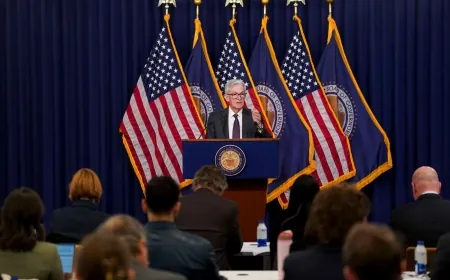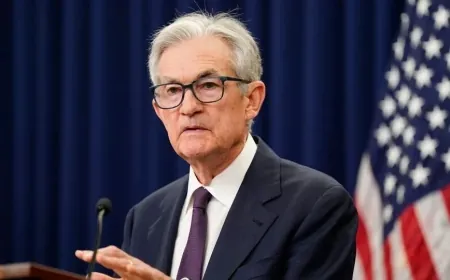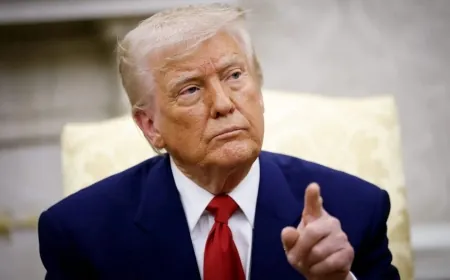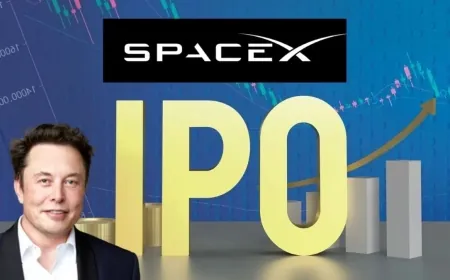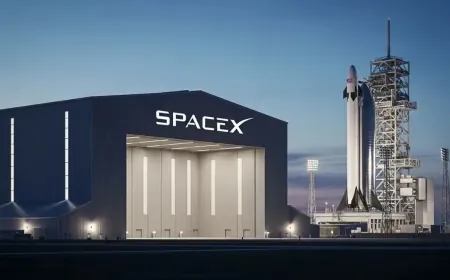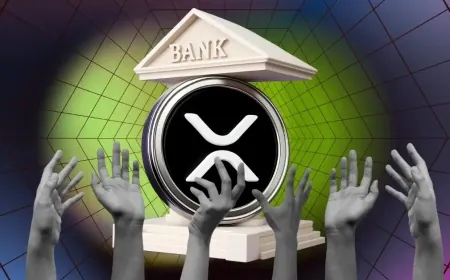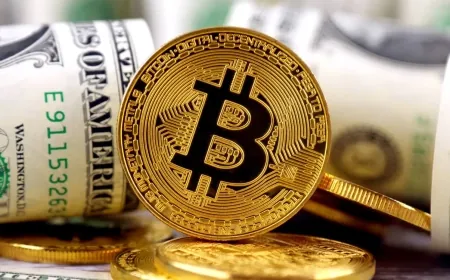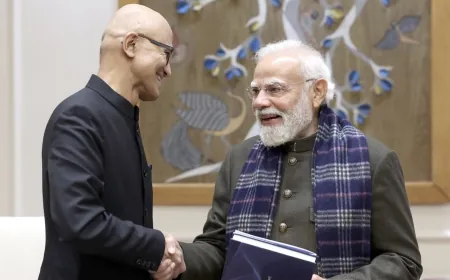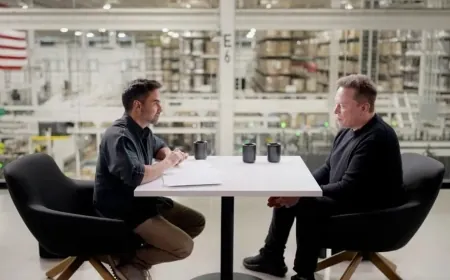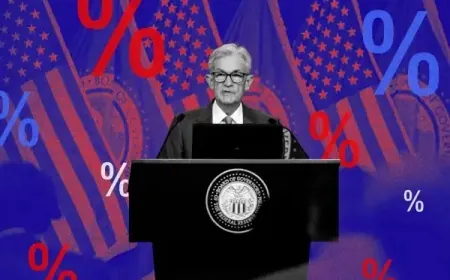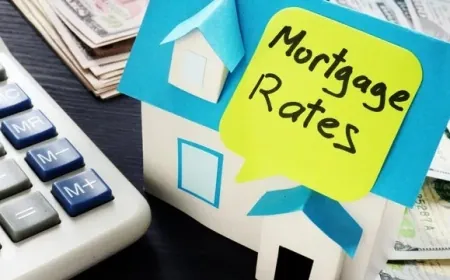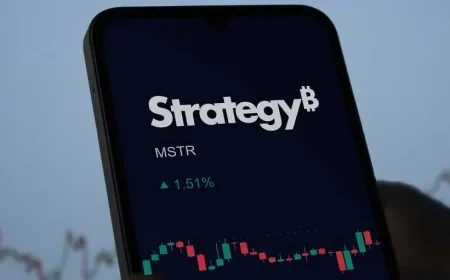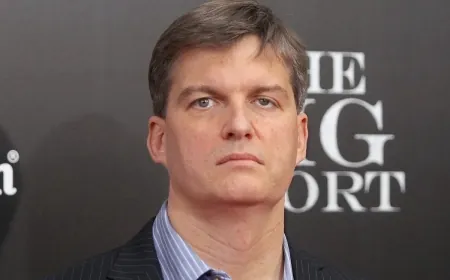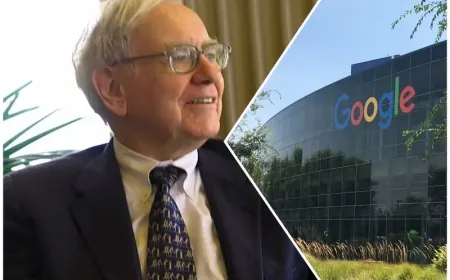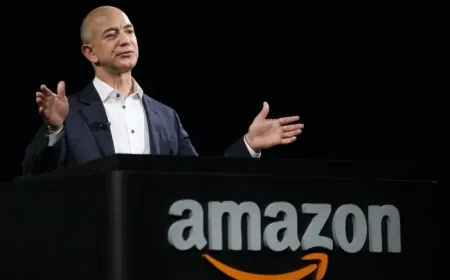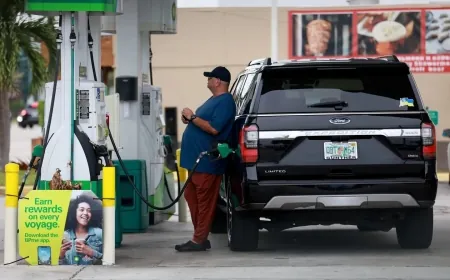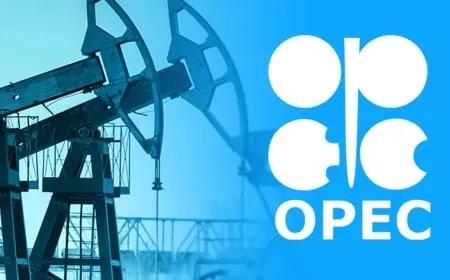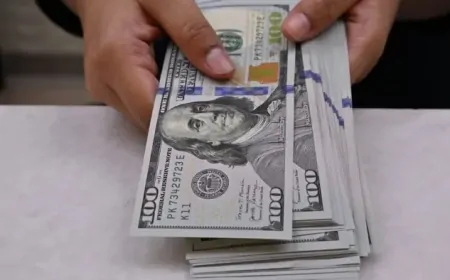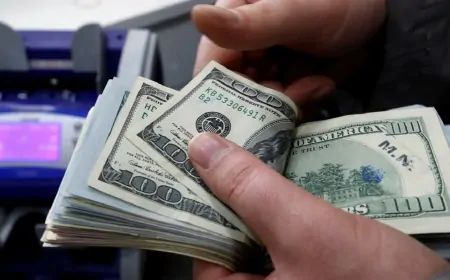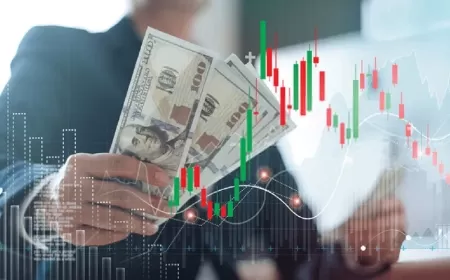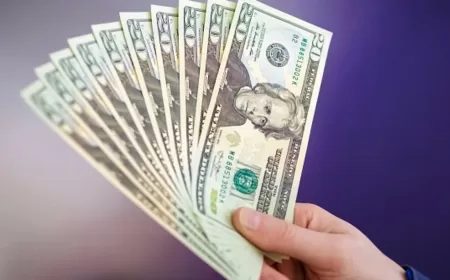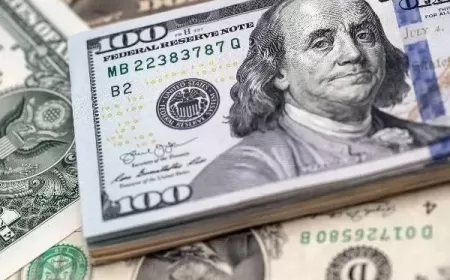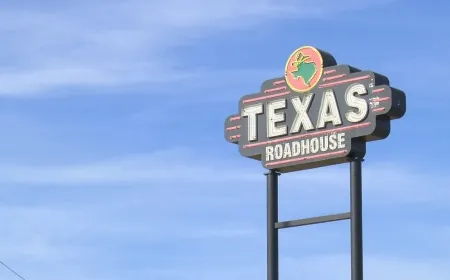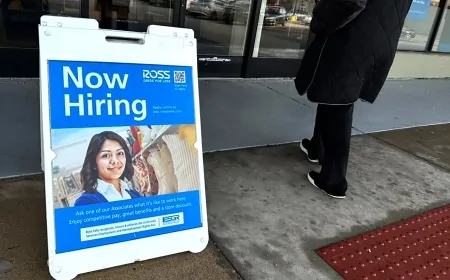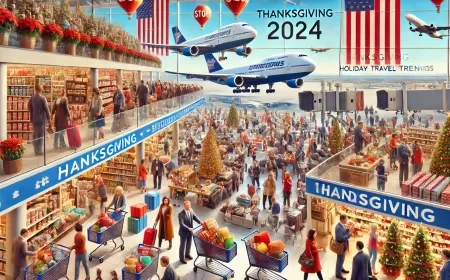Fed Chair Powell Faces Political Heat as Trump Blames Fed for Slowing Economy
Trump slams Powell over high rates as Fed faces recession risks, inflation worries, and tariff fallout. Will the Fed blink or hold firm?
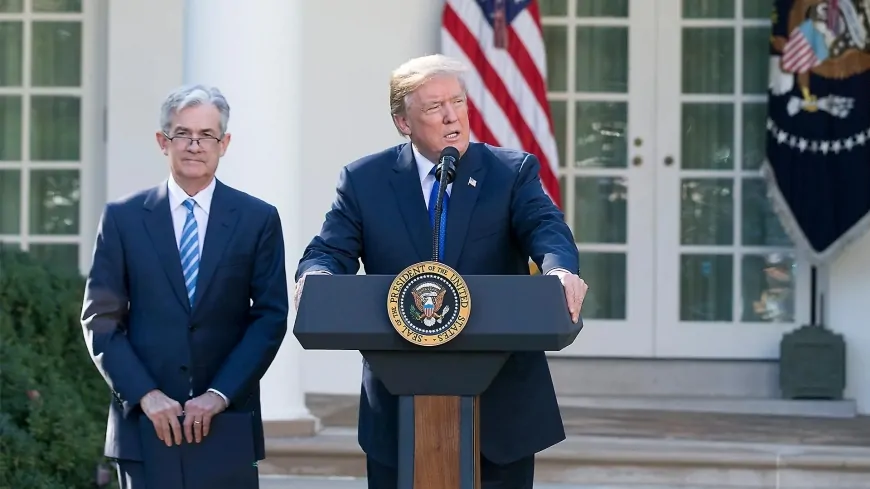
WASHINGTON, D.C. — The Federal Reserve is facing intensifying pressure from both economic data and the White House as it heads into its May policy meeting. With first-quarter U.S. GDP unexpectedly turning negative and inflation holding above the central bank’s target, Fed officials are navigating a narrow path between maintaining policy discipline and responding to growing signs of economic strain.
President Donald Trump has renewed public calls for interest rate cuts, urging the Fed to act swiftly to prevent what he described as an unnecessary slowdown. The Fed, however, appears in no rush to move.
Trump Calls Powell “Too Late” as Fed Signals No Immediate Cuts
In a series of posts on Truth Social, Trump criticized Fed Chair Jerome Powell for being slow to respond to signs of weakening growth, calling him “Mr. Too Late.” The president accused the Fed of putting the economy at risk by keeping rates too high for too long.
Despite the criticism, Powell has maintained a cautious stance, repeating the central bank’s position that decisions will continue to be guided by incoming economic data. While markets are pricing in possible rate cuts later this year, there is no indication the Fed will shift policy in May.
GDP Contracts in Q1 After Tariff-Driven Import Surge Ends
The U.S. economy contracted during the first three months of 2025, marking the first quarterly decline in GDP in over three years. Analysts attributed the drop in part to a sharp pullback in business spending following a rush of imports in late 2024, when companies moved quickly to get ahead of new tariffs imposed by the Trump administration.
Economists warn the slowdown could deepen if tariff-related disruptions continue and consumer spending begins to weaken. However, the labor market has so far remained resilient. April’s job report showed steady hiring, offering a partial offset to GDP concerns.
Fed Stays Focused on Inflation, Despite Political Pressure
Inflation remains a key concern for policymakers. The Fed’s preferred inflation gauge rose 3.5% on an annualized basis in the first quarter, well above the 2% target. While some price pressures eased slightly in March, officials are wary of cutting rates too early and risking a resurgence in inflation.
Fed Chair Powell has acknowledged the recent slowdown in economic activity but emphasized the importance of price stability. Several regional Fed officials, including Governor Chris Waller, have suggested that rate cuts may only be appropriate if unemployment begins to rise meaningfully over the coming months.
Internal Fed Discussions Reflect Growing Divergence
Within the Federal Reserve, officials are divided on how soon to act. Some, including Waller, say they need to see a sustained increase in jobless claims before adjusting policy. Others are more focused on inflation and argue that maintaining current rates is necessary to prevent further price increases—especially with the ongoing effects of tariffs and supply-side constraints.
The internal debate reflects the complexity of the current environment: inflation remains elevated, but early signs of economic softening are becoming harder to ignore.
No Policy Shift Yet, But Pressure Is Building
The Fed is not expected to change its benchmark rate at this month’s meeting, but the tone of Powell’s remarks will be closely watched for any sign of changing views. Economists say a second consecutive quarter of GDP contraction, or a noticeable uptick in unemployment, could prompt the Fed to begin cutting rates as soon as June.
Until then, officials are likely to stay the course. “They’re in a wait-and-see mode,” said Luke Tilley, chief economist at Wilmington Trust. “But the clock is ticking.”
Also Read: Fed Chair Jerome Powell Future in Doubt as Trump Eyes New Leadership

